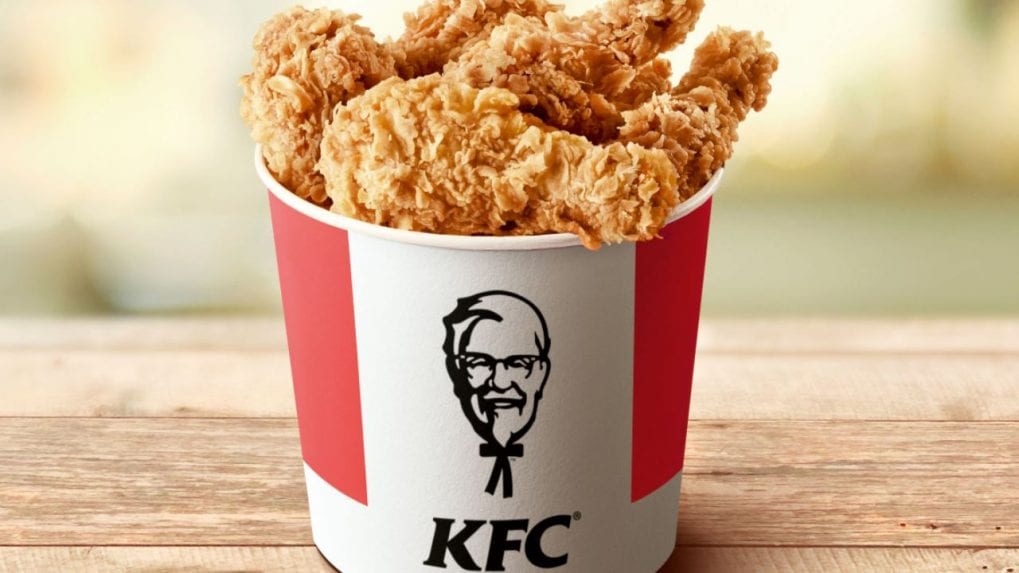Digital
Why OpenAI is hiring 100 ex-bankers: Inside the ChatGPT-maker's secret project to automate Wall Street's grunt work

Sapphire Foods India Ltd, the operator of KFC, Pizza Hut, and Taco Bell outlets across India and Sri Lanka, ramped up its advertising and marketing investments to over ₹1,367.06 crore in FY2024–25 compared to ₹1,155.16 million for the financial year 2023-24, an estimated 4.7% of its annual revenue — as part of its strategy to boost brand visibility and revive consumer demand.
The move came amid a challenging consumption environment marked by weak same-store sales growth and growing competition from digital-first and cloud-kitchen players. Despite this, Sapphire delivered 11% growth in revenue from operations, rising to ₹28,818 million.
According to its annual report, a significant chunk of the increased marketing outlay was directed toward Pizza Hut, where the company doubled its spend on TV, OTT, digital, and outdoor platforms. This investment helped lift average daily sales per store from ₹41,000 to ₹48,000 during the first three quarters. However, a pullback in mass media advertising in Q4 caused a dip in sales to ₹42,000.
The KFC brand also benefited from high-decibel campaigns such as "Taste The Epic", along with value offerings priced at ₹99, ₹149, and ₹399. The company focused on expanding its fried chicken appeal to new users, with targeted ads across weekday lunch and late-night consumption slots.
Despite top-line growth, margins were under pressure. Pizza Hut’s restaurant EBITDA margin fell to 2.4% from 4.9% a year ago, while KFC margins dropped by 240 basis points to 17.3%. Management attributed this to negative operating leverage and deliberate over-investment in brand-building, particularly for Pizza Hut.
“We intentionally exceeded our contractual ad obligations to rebuild the Pizza Hut brand. This is a long-term bet,” said Sanjay Purohit, Group CEO, adding that the brand's relevance and customer experience metrics have begun to show improvement.
The company, which operates 963 restaurants across KFC, Pizza Hut, and Taco Bell in India and Sri Lanka, posted a consolidated net profit of ₹167 million, down from ₹520 million in FY2023–24. The profit before tax also declined steeply to ₹231 million (from ₹699 million), as operating costs surged
Sapphire’s revenue from operations rose to ₹28,818.6 million in FY25 from ₹25,942.8 million the previous year. However, EBITDA growth slowed to just 4% (₹4,925 million), and adjusted EBITDA actually declined 4% to ₹2,616 million, bringing the adjusted EBITDA margin down to 9.1% from 10.5% last year.
Margins came under pressure particularly in the Pizza Hut business, where restaurant-level EBITDA fell to 2.4% from 4.9%. Same-store sales for Pizza Hut shrank 1%, while average daily sales per store stagnated around ₹46,000. In contrast, KFC continued to outperform, delivering 11% revenue growth and 17.3% restaurant EBITDA margin, albeit with a 240 bps drop due to increased delivery mix and cost pressures.
Sapphire’s leadership remains bullish on long-term QSR potential in India and Sri Lanka. The company has laid out plans to maintain its expansion trajectory with 60–80 new restaurants per year, especially in Tier 2/3 cities, while strengthening its digital capabilities, operational efficiency, and menu innovation.
With a stabilizing macroeconomic backdrop, increased disposable income, and cooling food inflation, management expects a potential rebound in discretionary spending — which could support recovery in margins over the next 12–24 months.
“While FY25 was a year of compressed profitability, we’ve strengthened brand equity, restaurant network, and our operating platform to drive sustainable growth going forward,” Purohit said.
In a wide-ranging interview with Storyboard18, Sorrell delivers his frankest assessment yet of how the deal will redefine creativity, media, and talent across markets.